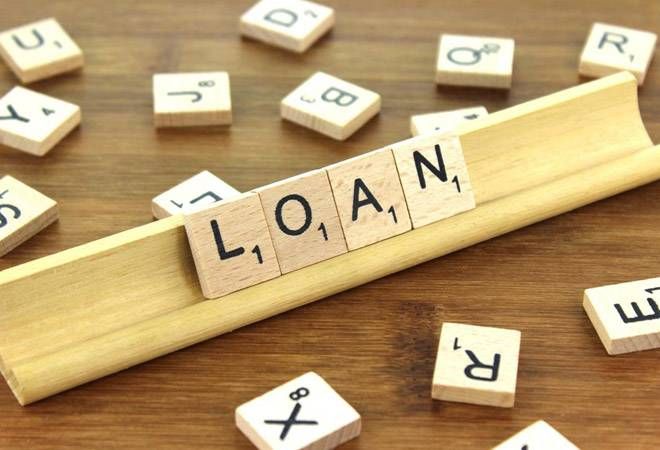Effective Loan Repayment Tips for Education Loans
Although availing an educational loan may not involve a complicated process, careful financial planning is required during loan repayment.
Here are a few tips that can help you plan efficiently during such cases -
1. Make a repayment strategy
An education loan repayment begins 6 months after the student has availed a job or after a year from the end of the course, whichever is earlier. A repayment strategy involves saving funds from the first few months of your job or other alternatives. It is advisable to have the funds beforehand to avoid hassle during the time of repayment.
2. Prepayment or foreclosure
Prepaying your loan will incur additional fees. In such cases, borrowers must prepare a proper cost-benefit analysis to see whether or not it is worthwhile to prepay the loan amount.
3. Use the moratorium period
The interest on your education loan keeps accumulating even during the moratorium period. In order to reduce the burden, it is advised that borrowers start paying EMIs as soon as the financial institution allows loan repayment.
4. Part-prepayments
Some lenders allow students to make part-prepayments at regular intervals in addition to regular EMIs. Though they have to pay processing charges, it reduces the total interest liability in the long run.
Inefficient management of educational loans can easily turn into a financial burden. As an alternative, borrowers can also consider availing a loan against property for higher education, which comes with a more comfortable interest rate, no end-use restriction, and longer repayment tenor than regular education loans.

March 30th, 2020
